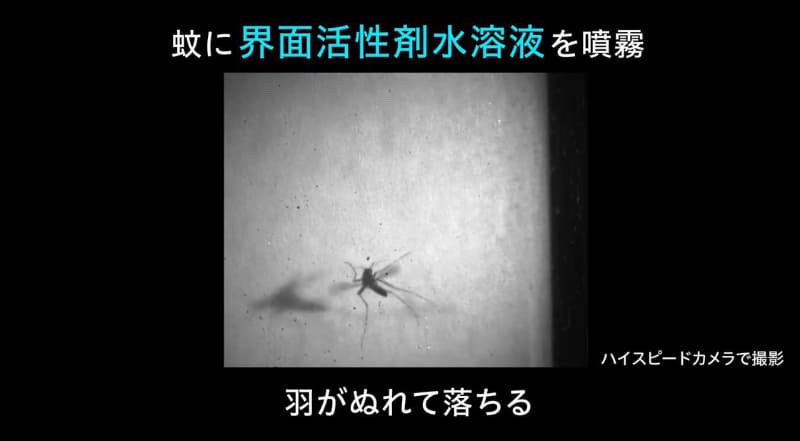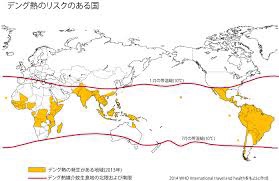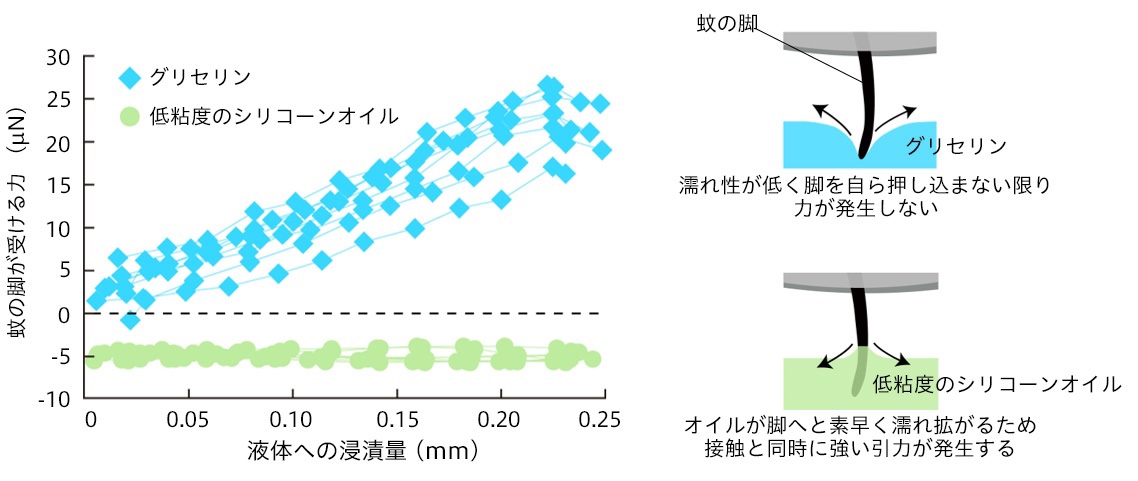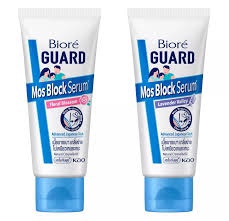
New technology to get rid of mosquitoes: without insecticidal ingredients!
– Kao’s Surfactant Controls Mosquito Behavior –
Report from Kao’s disclosure information
Kao Personal Health Care Laboratories and RIKEN:
Mosquitoes were attached to an aqueous surfactant solution with a low surface tension.
We found that it can block the flight behavior of mosquitoes and knock them down.
Just make the surfactant solution into a mist and spray it on the mosquitoes. We have developed a technology that can easily exterminate mosquitoes.

Research results of this time:
It was published in Nature Research Scientific Reports.
Presented at the 6th Asia Dengue Summit 2023 (June 15-16, 2023, Bangkok).

Infected dengue fever:
Dengue fever is transmitted by being bitten by a mosquito.
Worldwide, 390 million people are infected each year.
According to the WHO, 40% of the world’s population lives in areas at risk of infection.
Kao’s findings:
Mosquito-borne infections occur year-round.
In Indonesia, Thailand, and Vietnam, it was found that 80% of the residents were bitten by mosquitoes every day.

Observed with a high-speed camera:
The landing behavior of mosquitoes was observed with a high-speed camera.
Mosquitoes immediately flee and fly away from surfaces coated with “specific oils with low affinity for water.”
After that, I found out that I was doing the act of wiping the attached oil.

Oils in skin care products:
It was found that when a mosquito comes into contact with “squalane or low-viscosity silicone oil,” “droplets spread on the mosquito’s legs.”
Measured with a tensiometer:
We measured the “force generated when liquid is attached to the mosquito’s leg”.
When the low-viscosity silicone oil got wet and spread, it was found that a capillary force of 5 μN was generated on the legs of the mosquito.
For mosquitoes, even this level of attraction is a threat and induces escape behavior.

Techniques to protect yourself from mosquito bites:
This time, Kao has developed a method to protect itself from mosquitoes sucking blood by using the wetting phenomenon at the interface.
This is a new technology with a different mechanism of action than conventional repellents (volatile active ingredients, DEET, Icaridin, etc.).
https://www.kao.com/jp/newsroom/news/release/2023/20230620-001/